Do you have a question about the American Standard 4A7A6018-061 and is the answer not in the manual?
Covers multiple critical warnings regarding electrical components, refrigerant handling, and potential hazards.
Highlights cautions related to refrigerant pressure, oil properties, and compressor temperatures.
Warns about potential exposure to chemicals like lead, known to cause cancer and birth defects.
Provides a table of unit dimensions and weights, along with mounting considerations.
Specifies maximum total line length and vertical change for refrigerant lines.
Details clearance requirements and placement advice for optimal airflow and performance.
Outlines procedures for checking the unit for damage and removing it from packaging.
Lists essential considerations for installing the unit on a support pad.
Details the vapor and liquid line sizes for various unit models.
Instructs on measuring and recording refrigerant line length and vertical change.
Emphasizes the necessity of insulating the vapor line and preventing contact with the liquid line.
Provides guidance on routing lines to prevent noise and vibration transmission.
Details steps for preparing pipe ends and purging lines with dry nitrogen before brazing.
Outlines the process of pressurizing lines with nitrogen and checking for leaks.
Describes how to evacuate refrigerant lines and the indoor coil using a micron gauge.
Provides step-by-step instructions for opening the gas and liquid service valves.
Defines maximum lengths for low voltage wiring based on wire size.
Illustrates low voltage wiring connections for various thermostat and air handler models.
Details warnings and requirements for the high voltage power supply connection.
Recommends installing a separate disconnect switch for high voltage connections.
Specifies requirements for grounding the outdoor unit per national, state, and local codes.
Provides a step-by-step guide for safely starting the unit after installation.
Explains temperature checks and charging methods like subcooling and superheat.
Introduces the subcooling method for charging systems above 55°F ambient temperature.
Presents charts to determine final subcooling values based on line length and lift.
Guides on adjusting refrigerant to attain proper gage pressure using charging charts.
Lists essential operational checks and procedures for proper system performance.
Describes the weigh-in method for initial installation or when other methods are unavailable.
Provides steps to calculate the refrigerant amount for the weigh-in method.
Illustrates the refrigeration flow for specific model series.
Illustrates the refrigeration flow for specific model series.
Illustrates the refrigeration flow for specific model series.
Illustrates the refrigeration flow for specific model series.
Illustrates the refrigeration flow for specific model series.
Shows electrical connections for 024N and 036N model series.
Shows electrical connections for 048N model series.
Shows electrical connections for 060N model series.
Shows electrical connections for 018J-048J model series.
Shows electrical connections for 035J model series.
Shows electrical connections for 049J and 061C model series.
Shows electrical connections for 060J and 060K model series.
Explains how to use pressure curves to verify cooling performance based on temperatures.
Explains how to use pressure curves to verify cooling performance based on temperatures.
Explains how to use pressure curves to verify cooling performance based on temperatures.
Explains how to use pressure curves to verify cooling performance based on temperatures.
Explains how to use pressure curves to verify cooling performance based on temperatures.
Explains how to use pressure curves to verify cooling performance based on temperatures.
| Type | Heat Pump |
|---|---|
| Model Number | 4A7A6018-061 |
| Cooling Capacity | 1.5 Ton |
| Cooling Capacity (BTU/h) | 18000 |
| SEER Rating | 16 |
| Refrigerant | R-410A |
| Voltage | 208/230V |
| Phase | 1 |
| Sound Level (Outdoor Unit) | 72 dB |
| Unit Weight (Outdoor Unit) | 150 lbs |
| Compressor Type | Single Stage |
| Warranty | 10 Years |
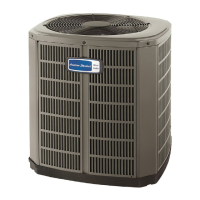




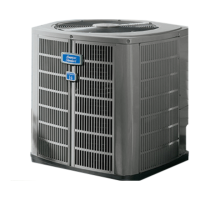
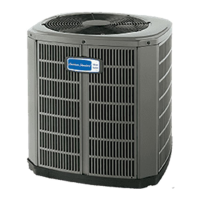
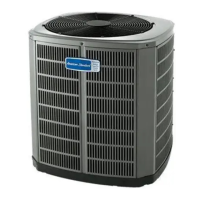



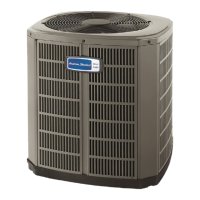
